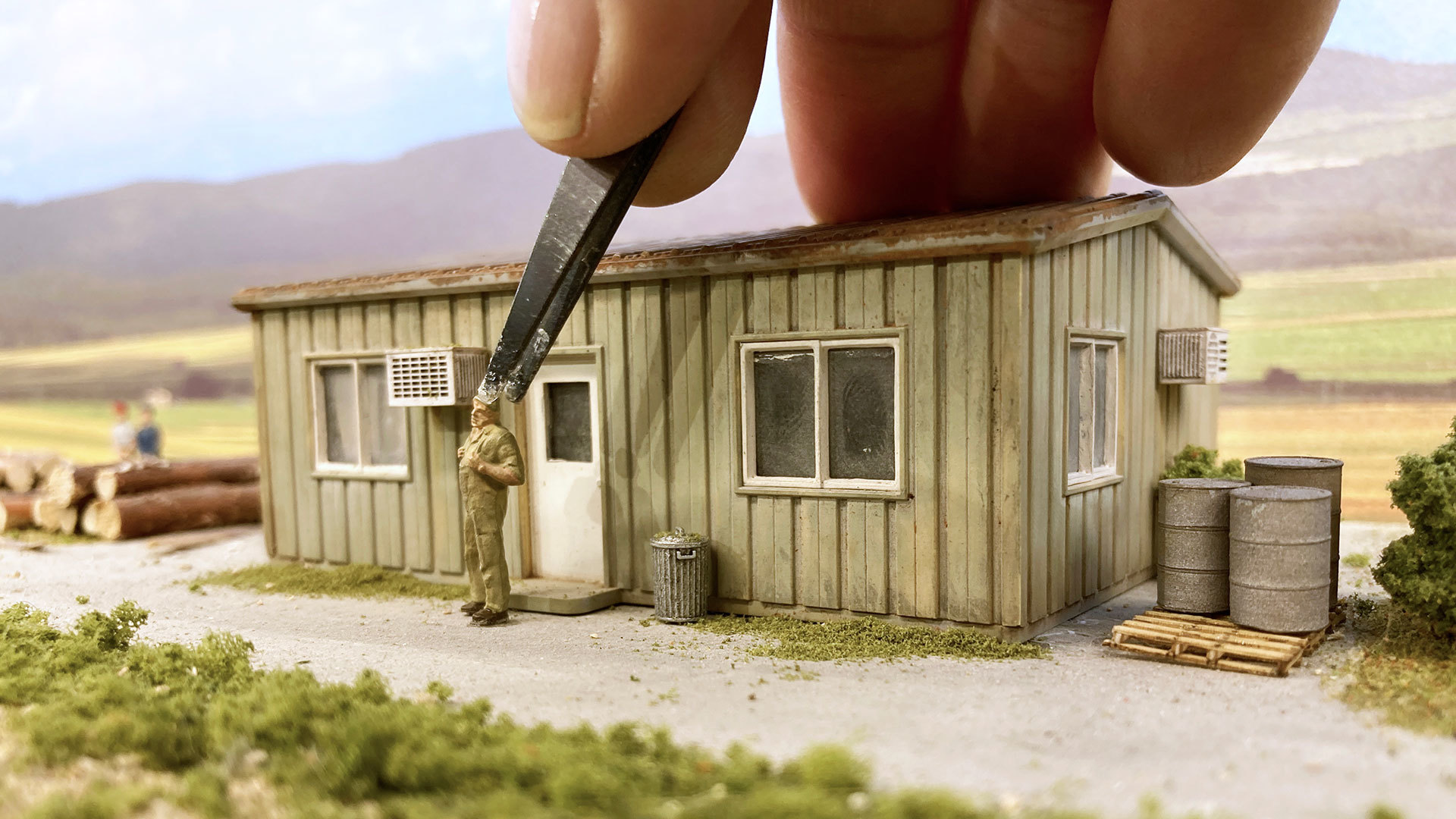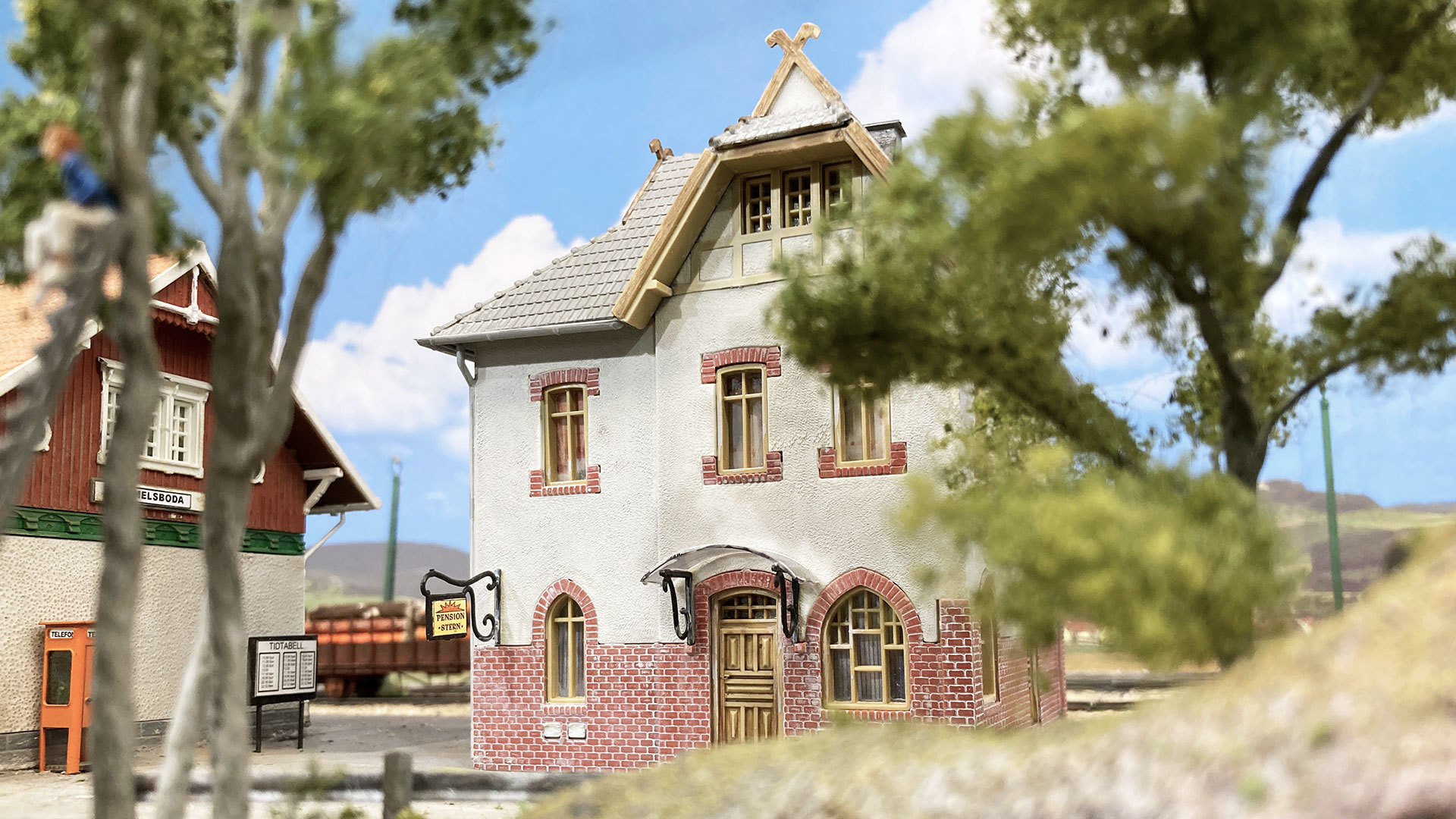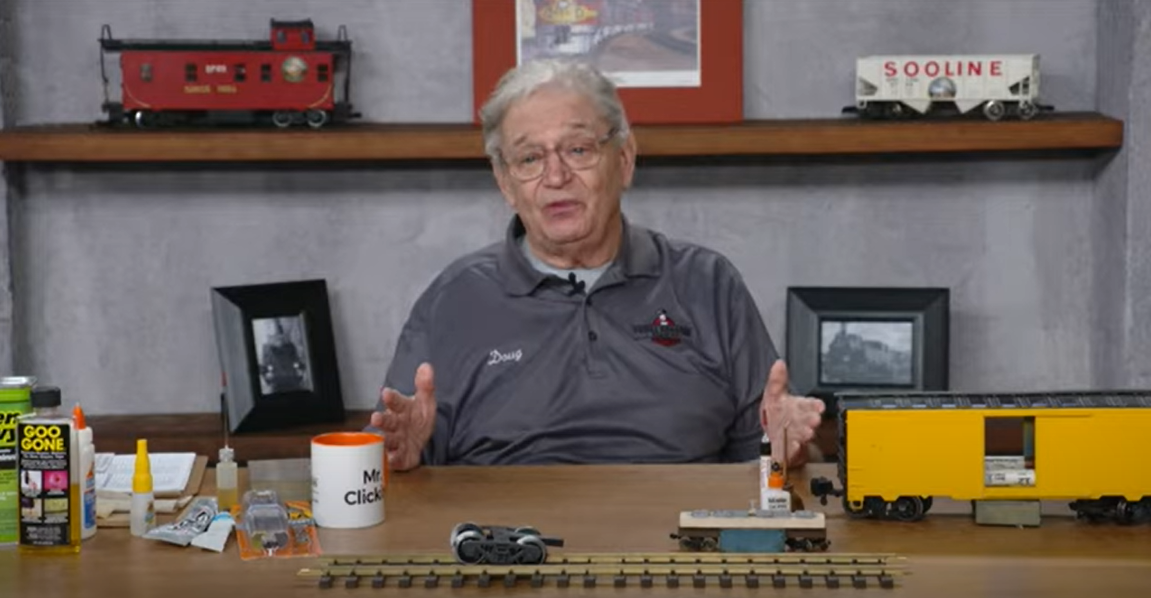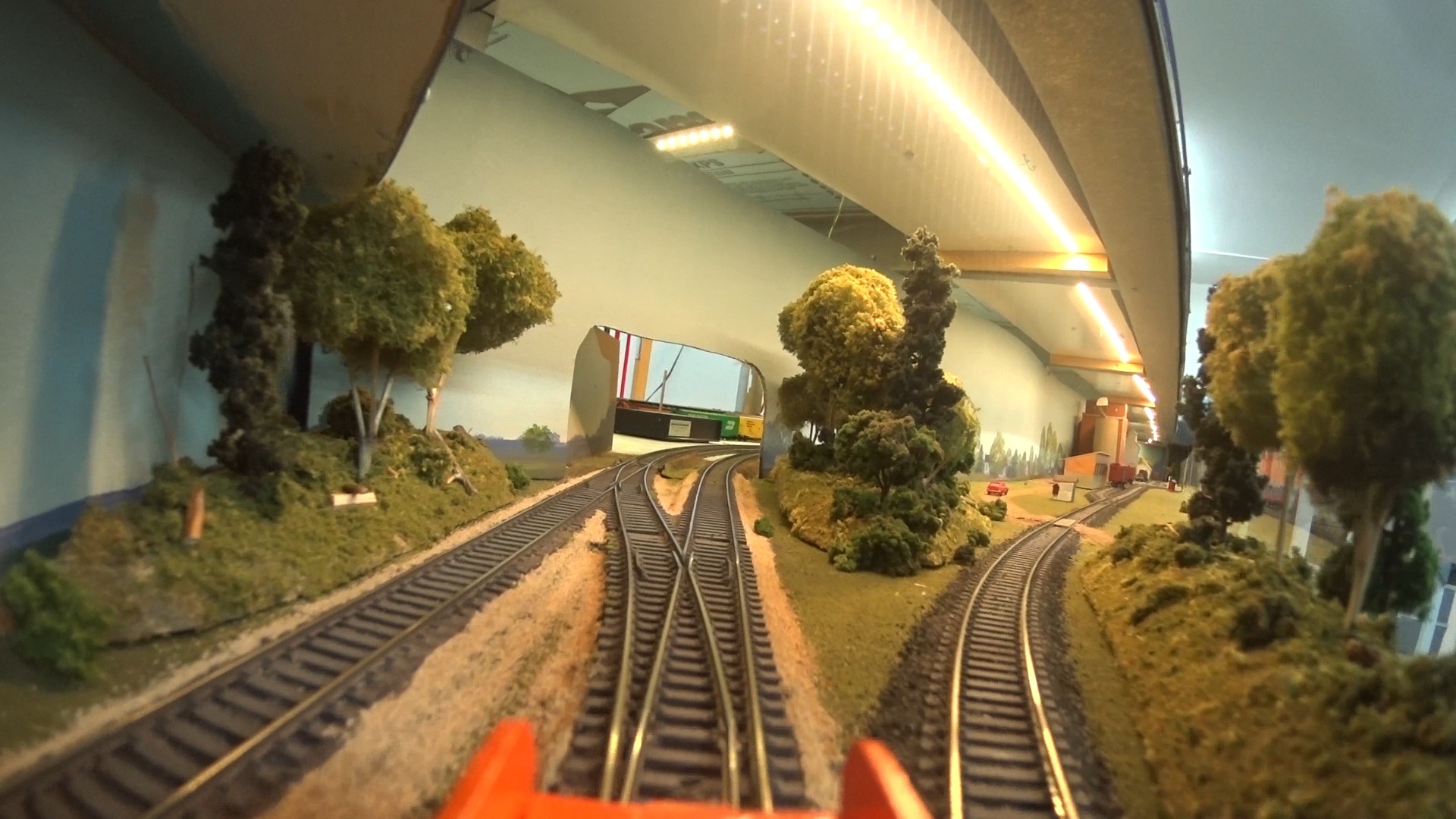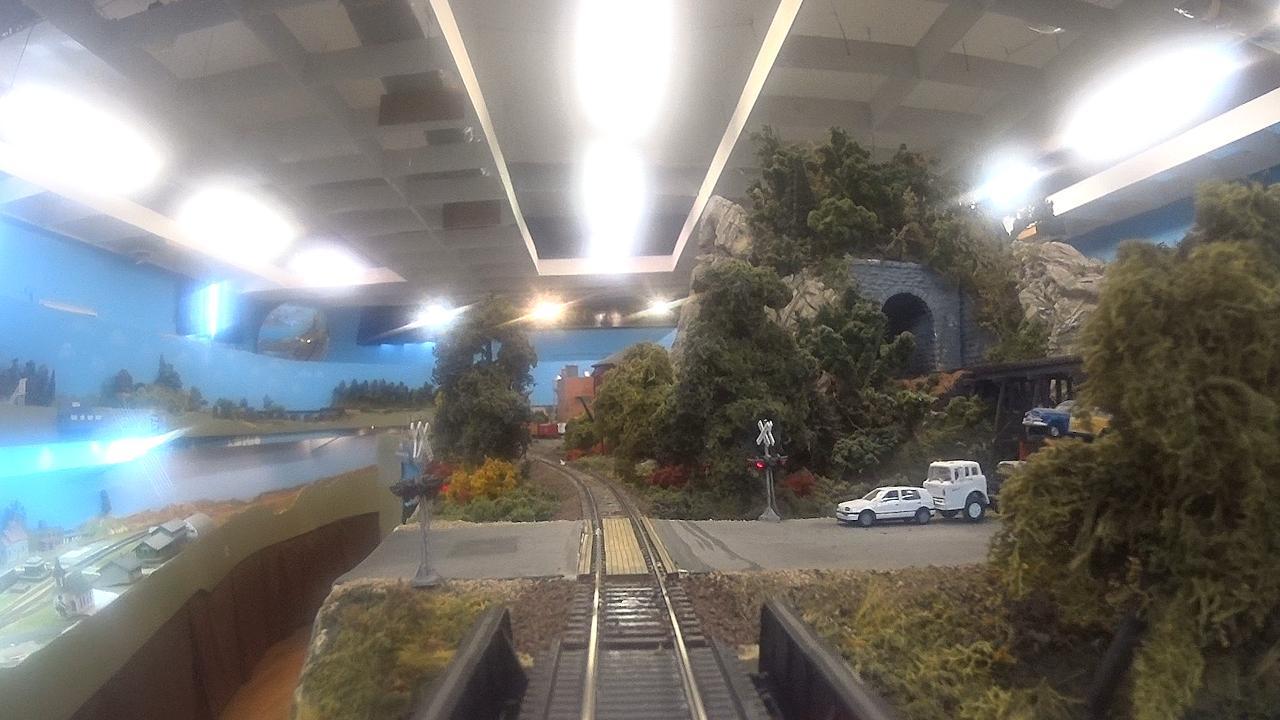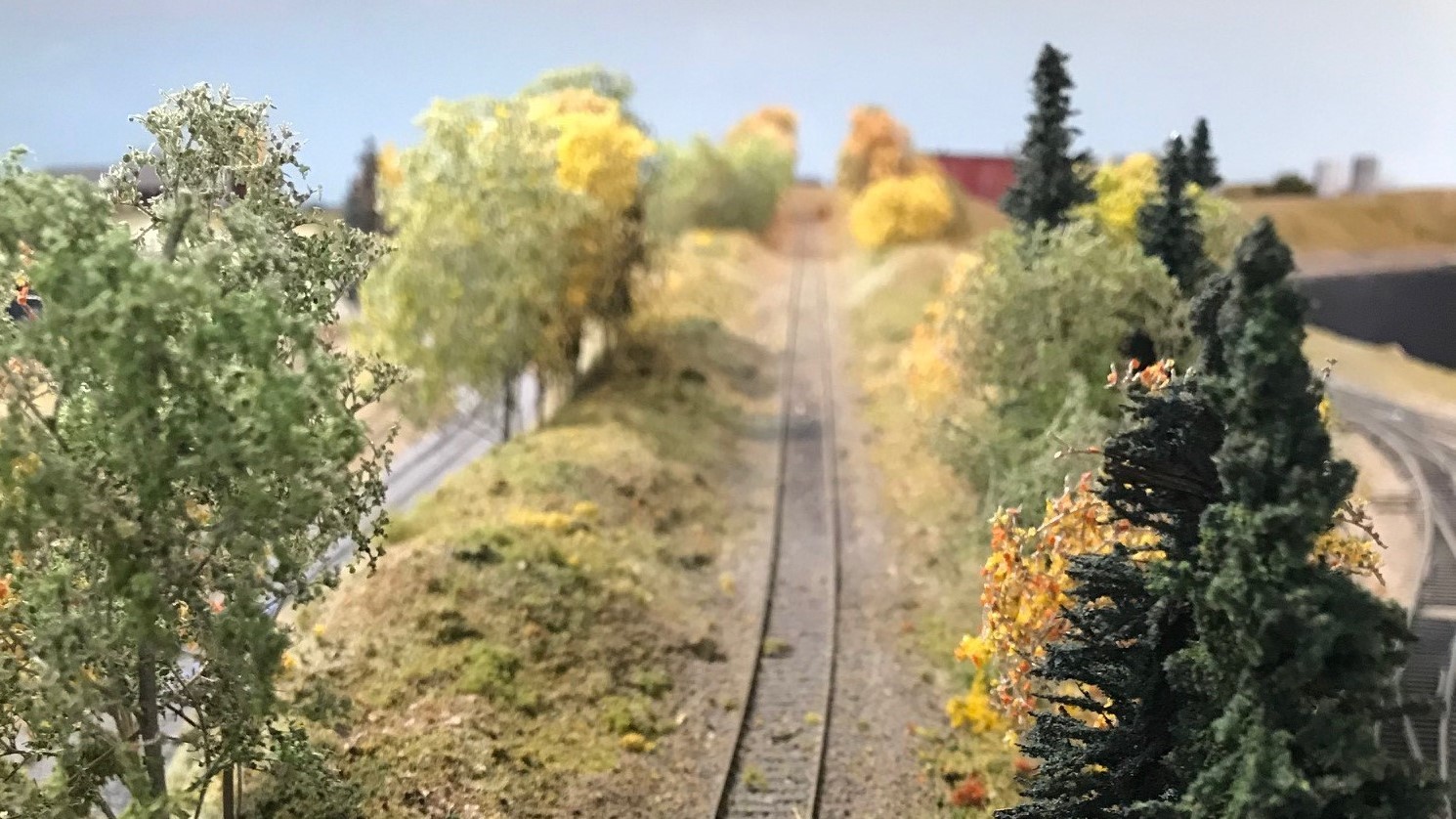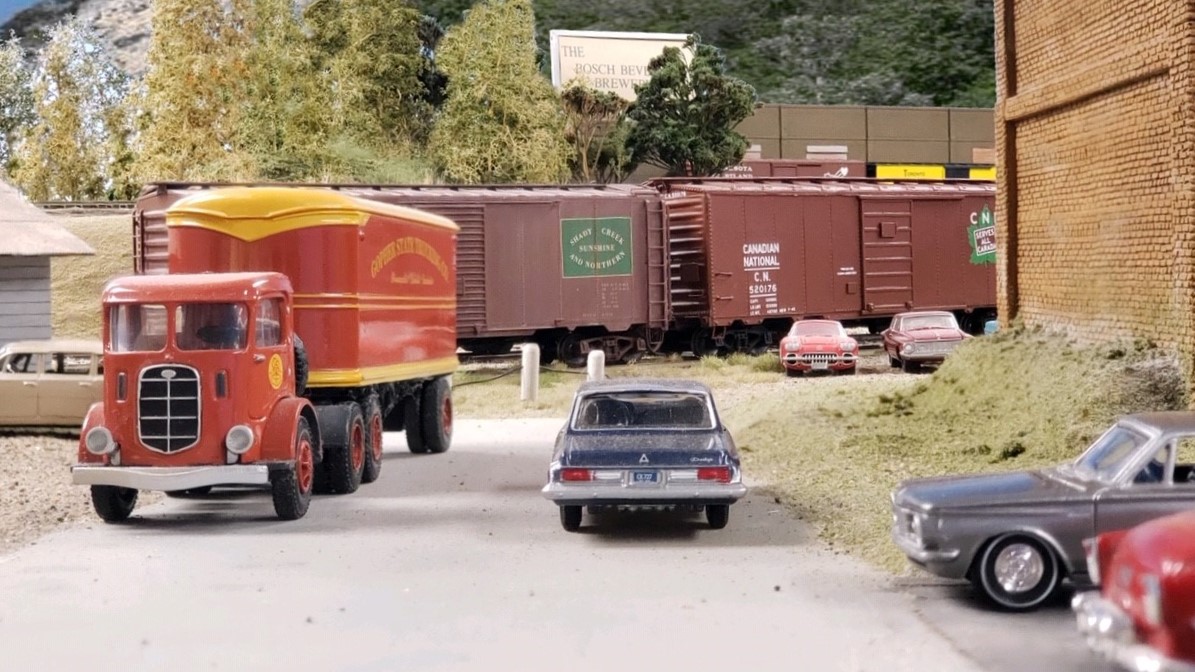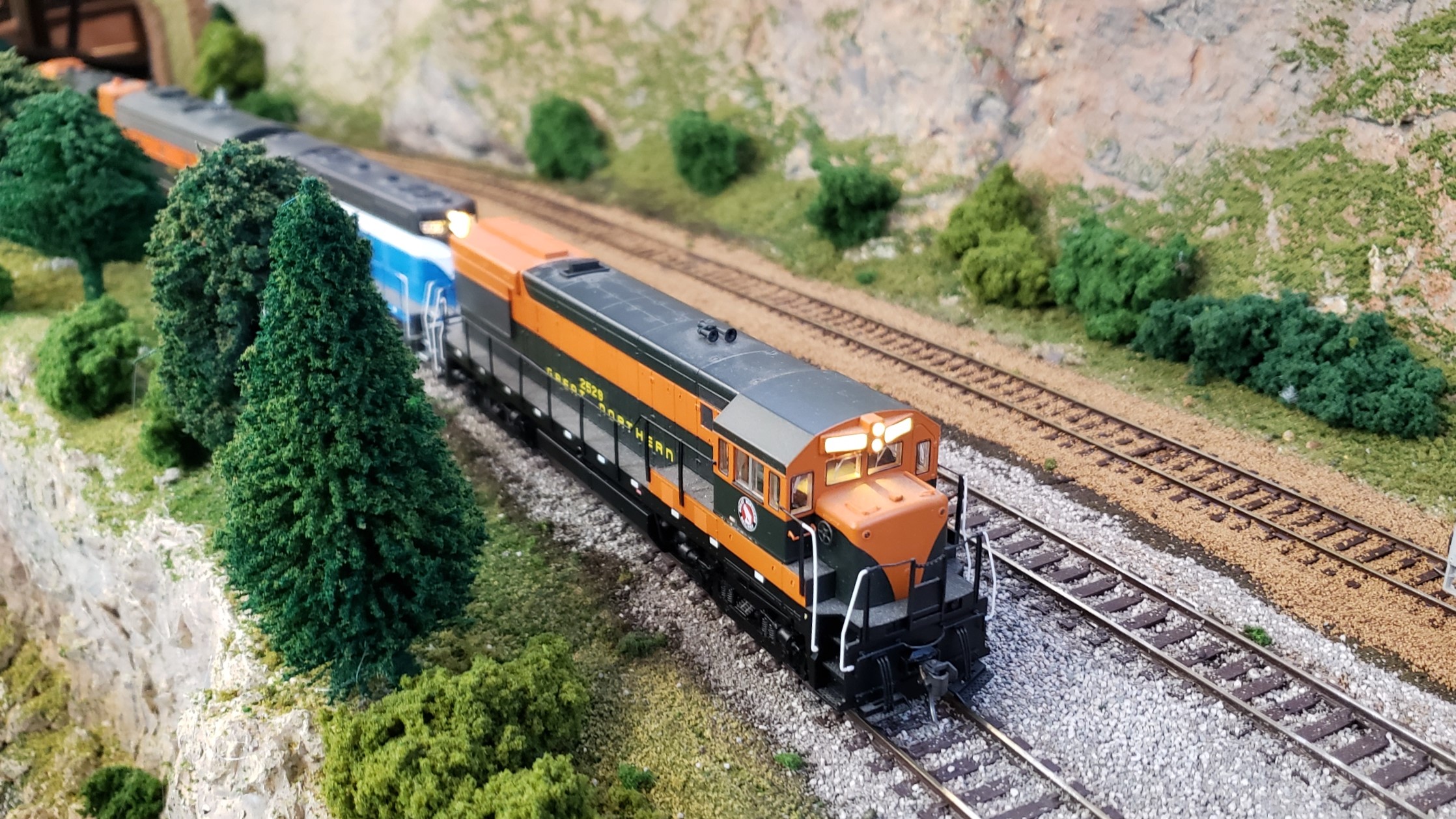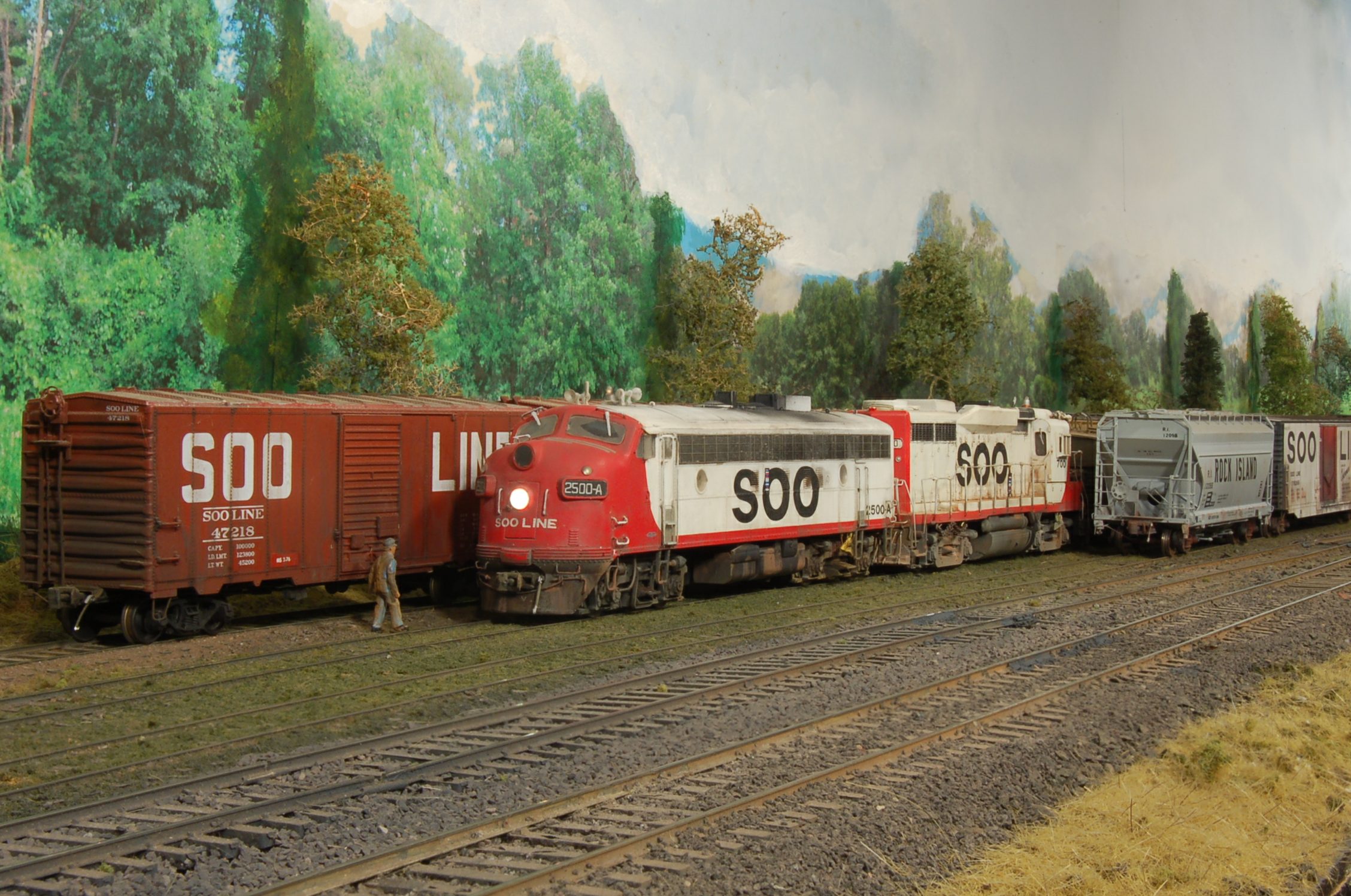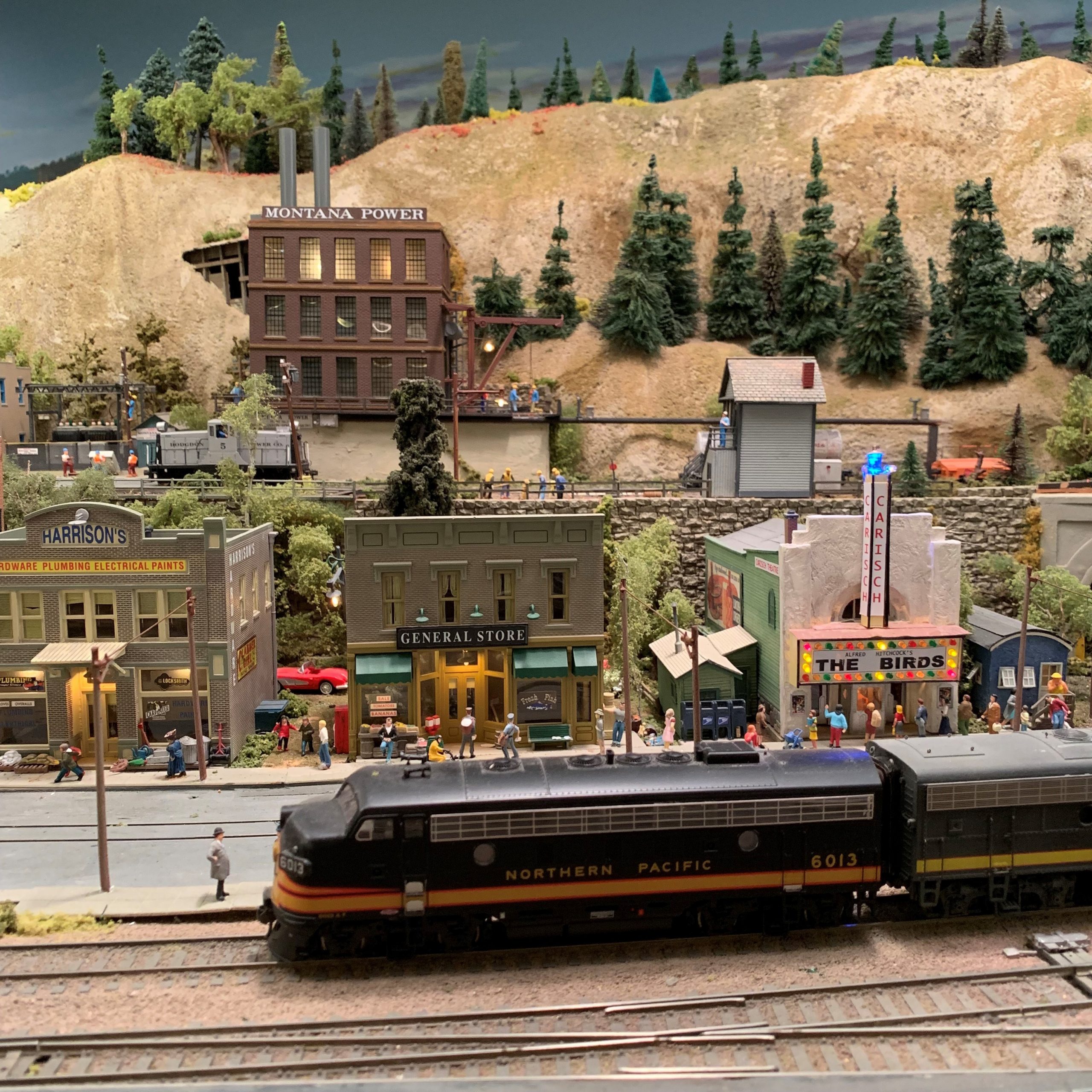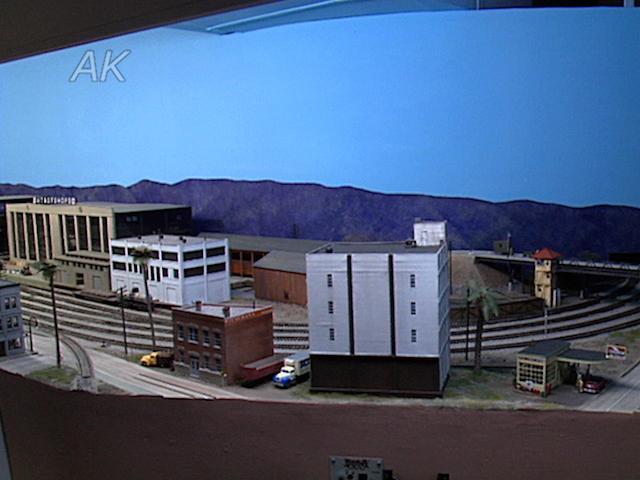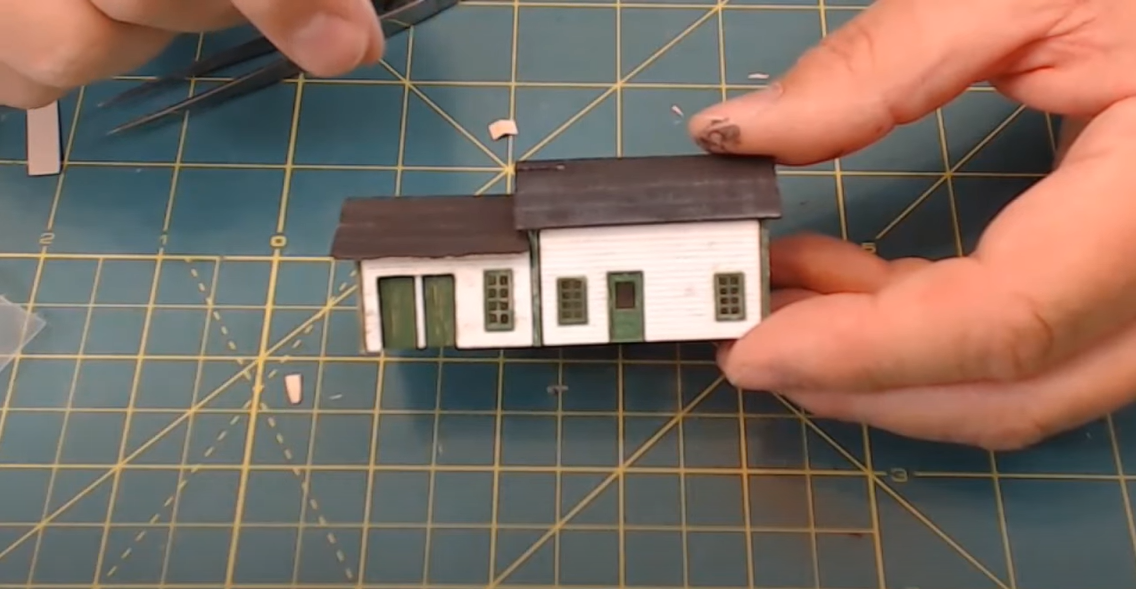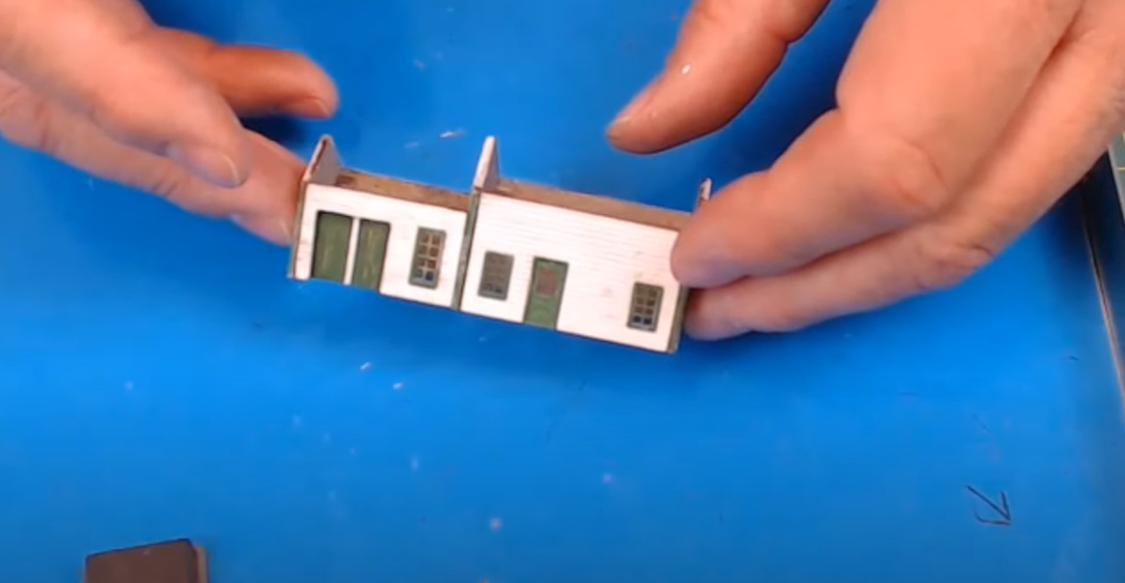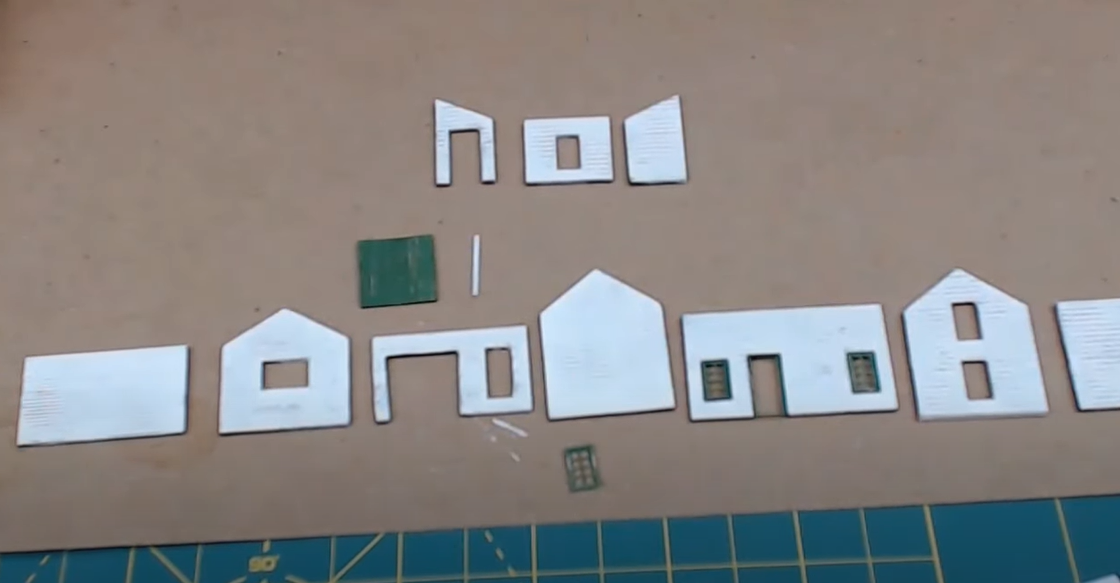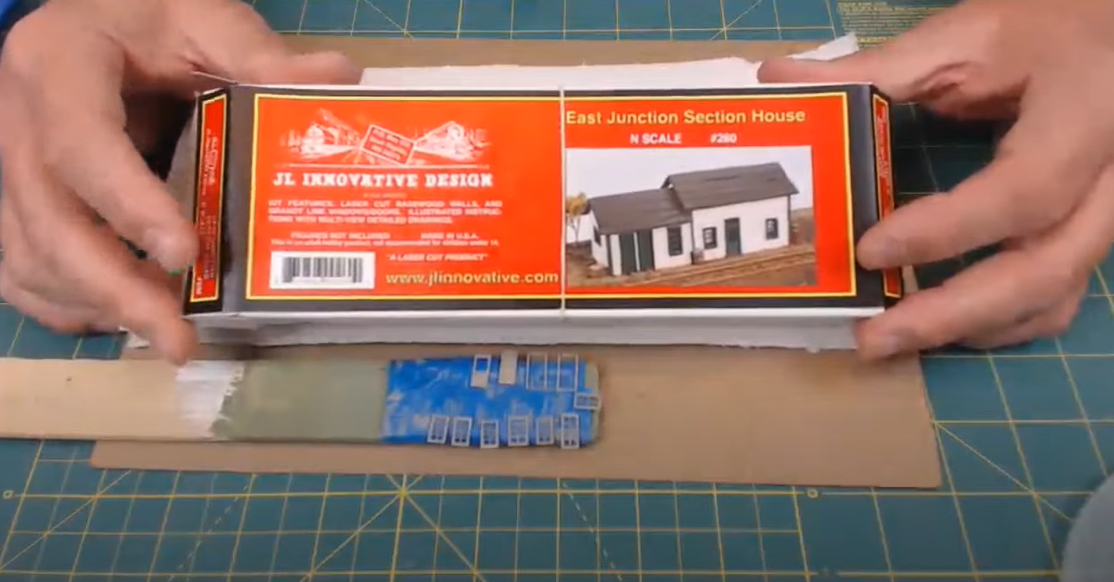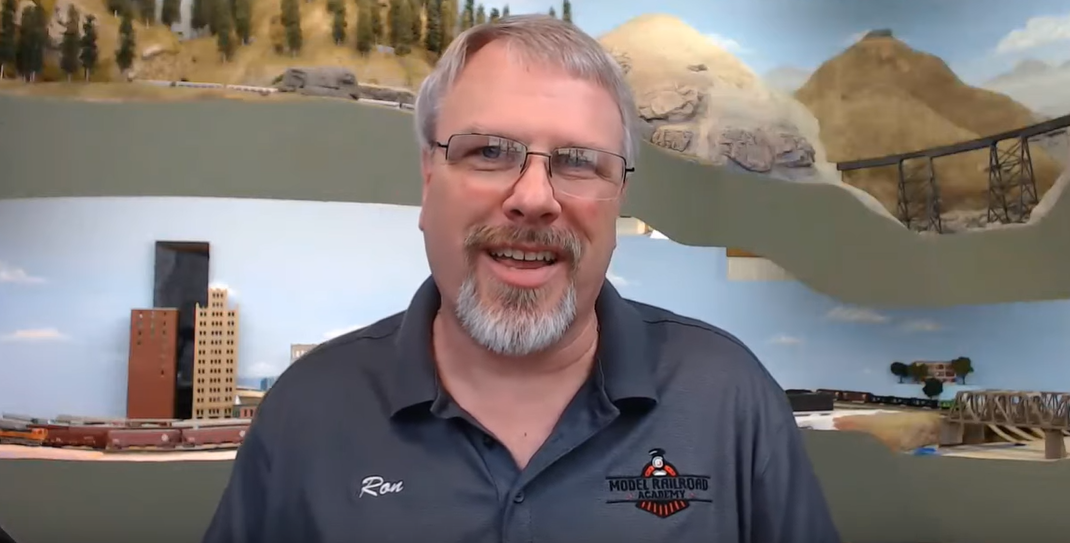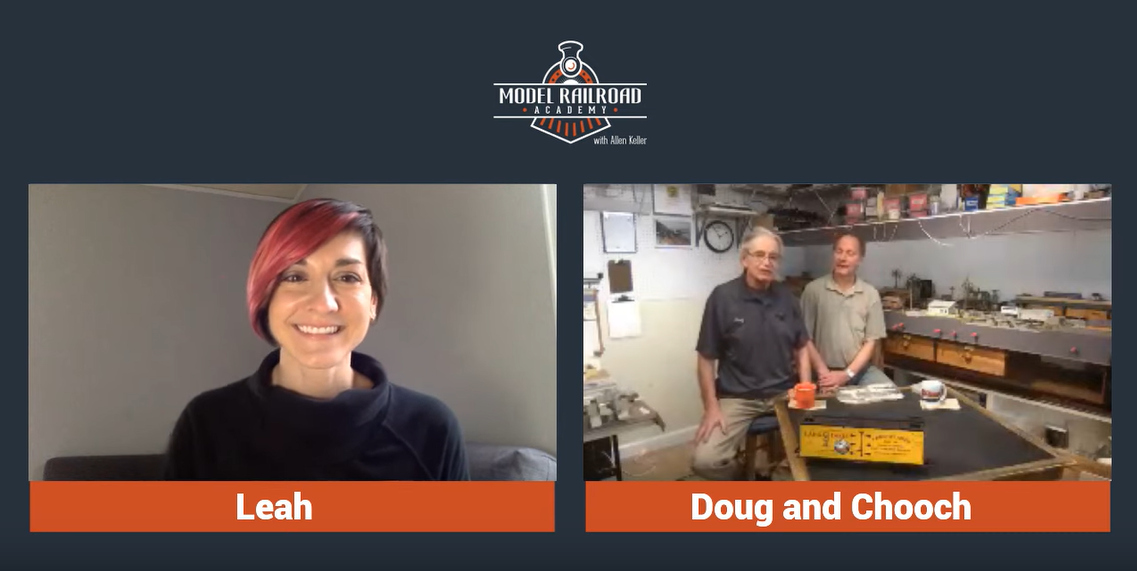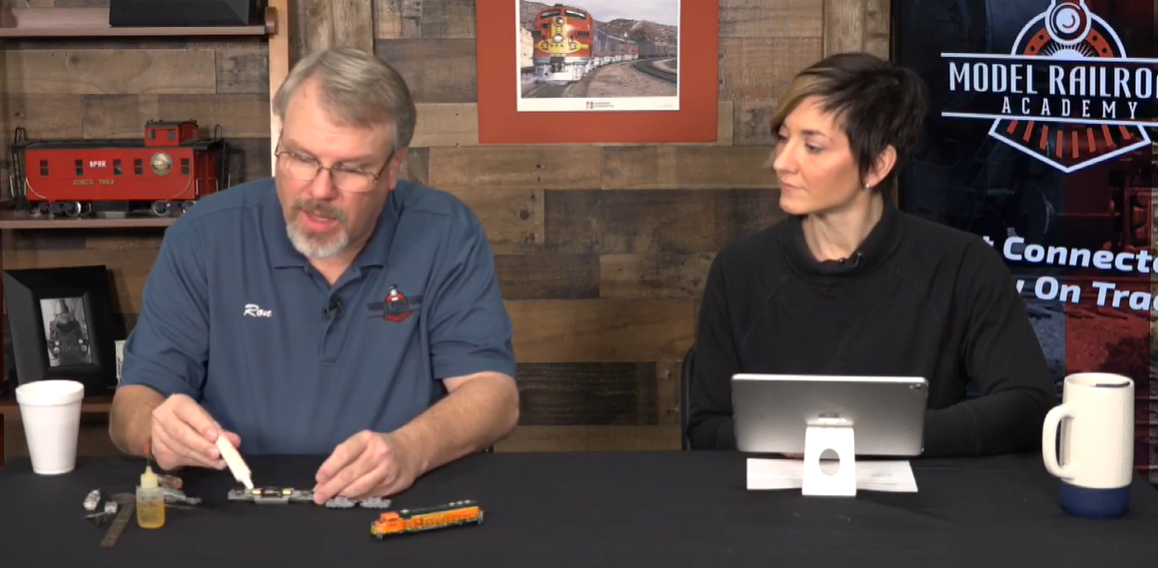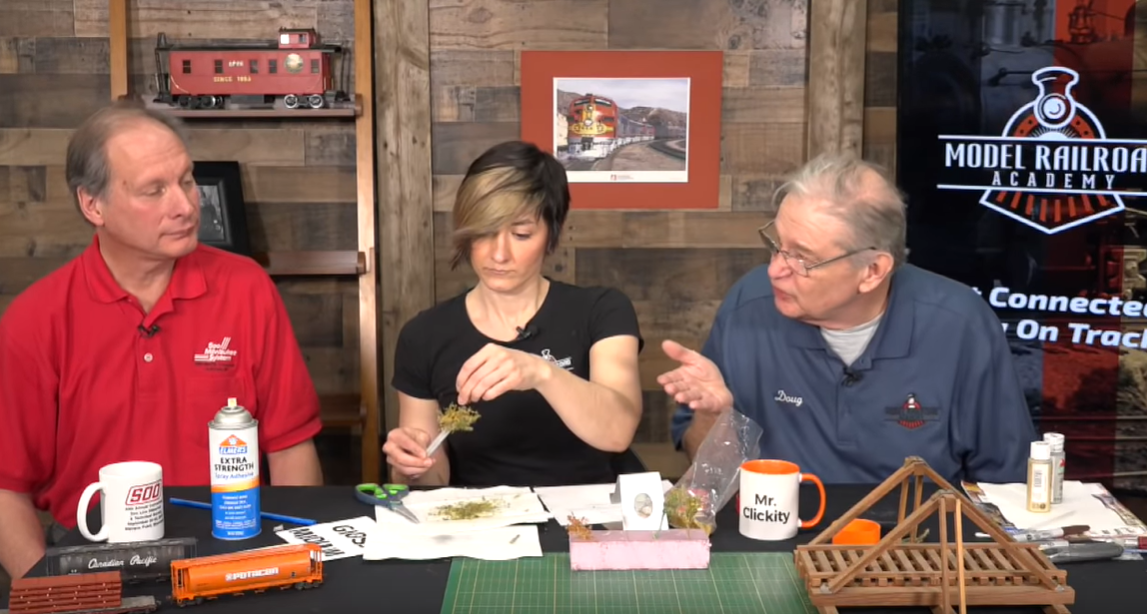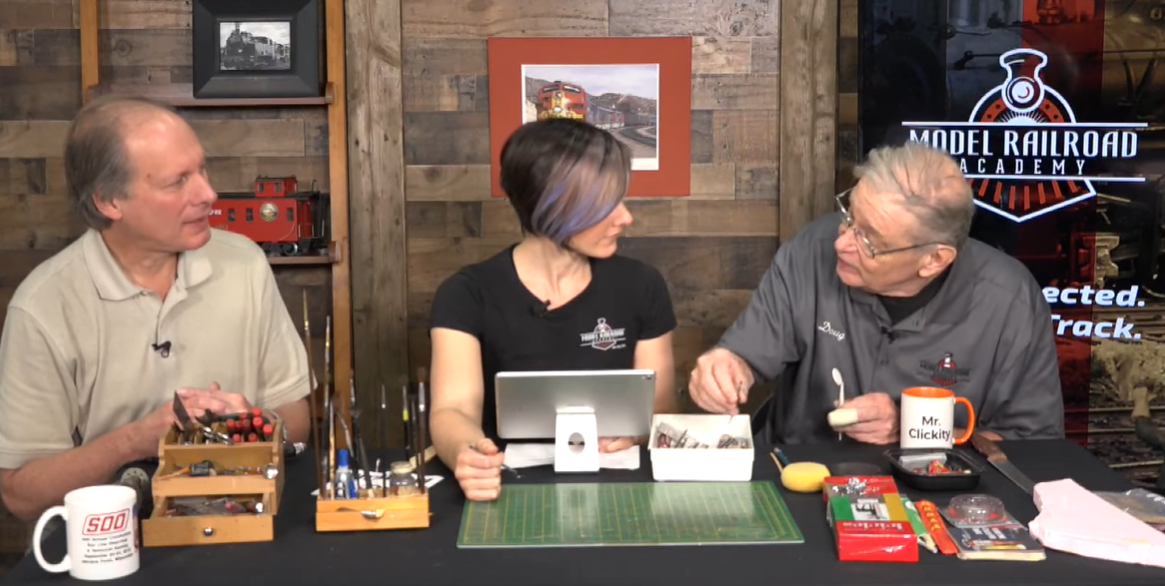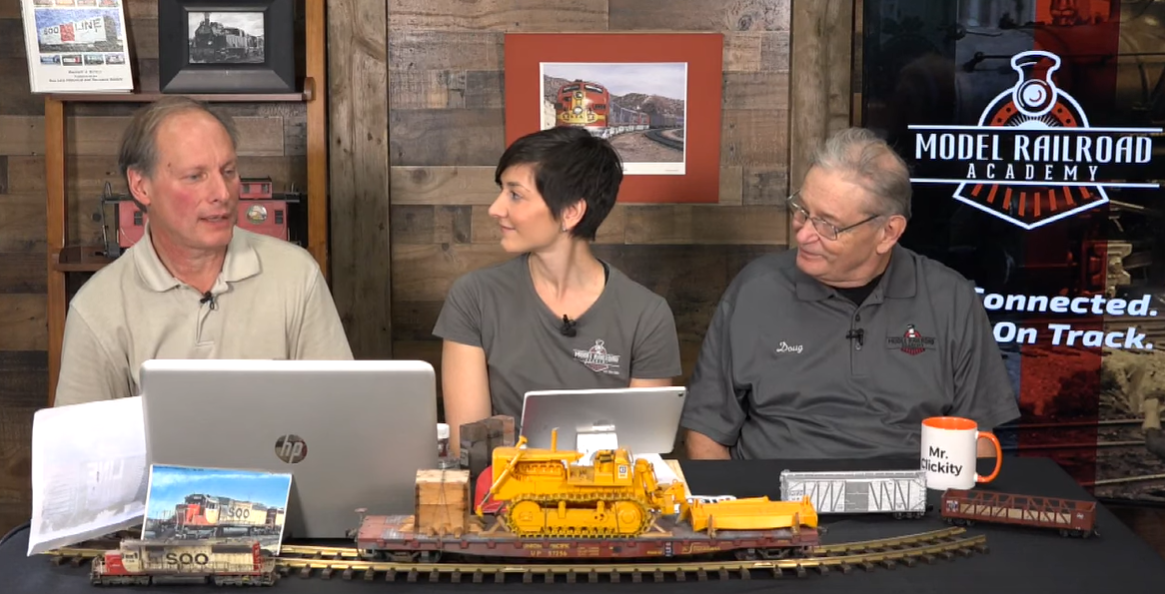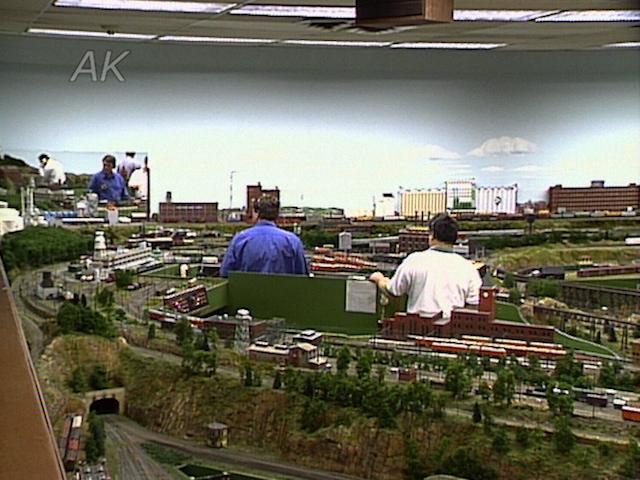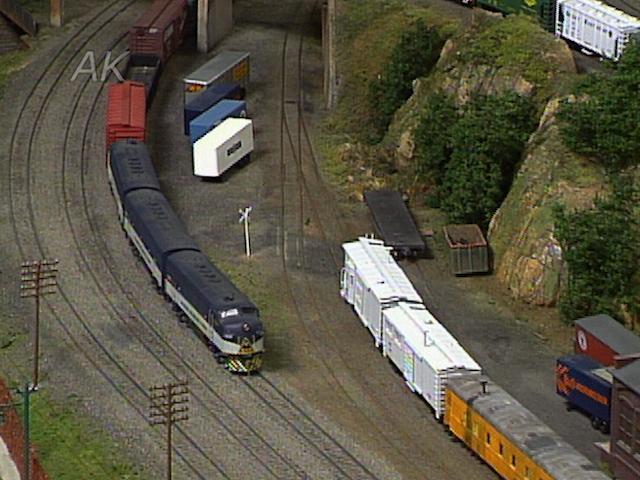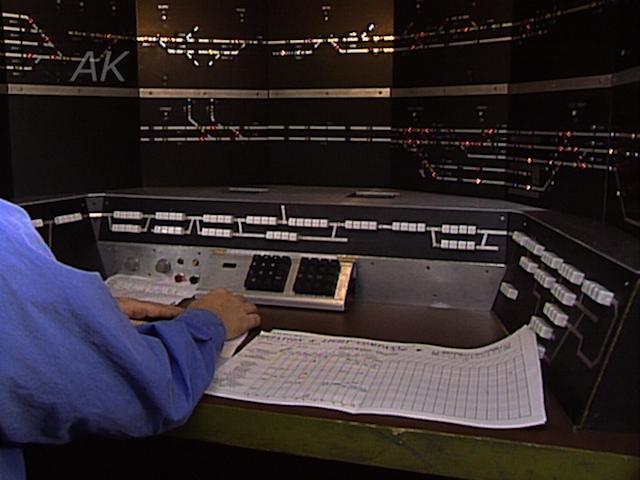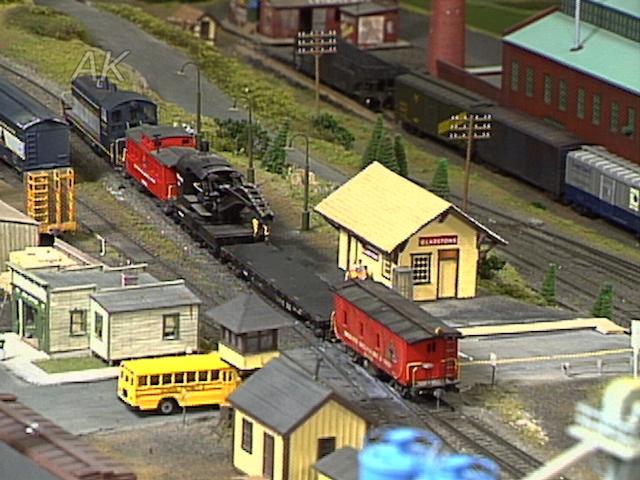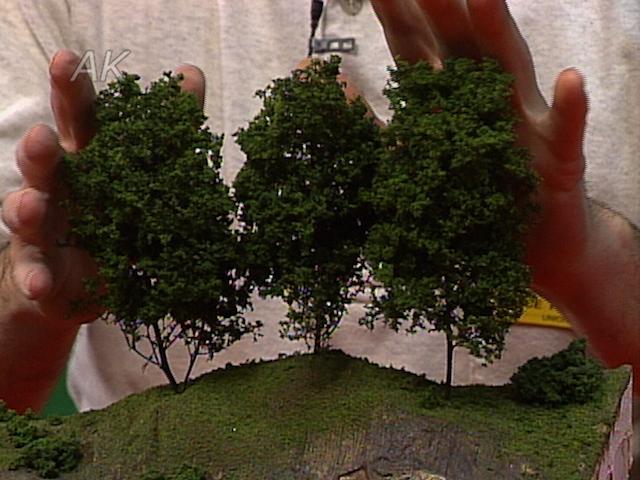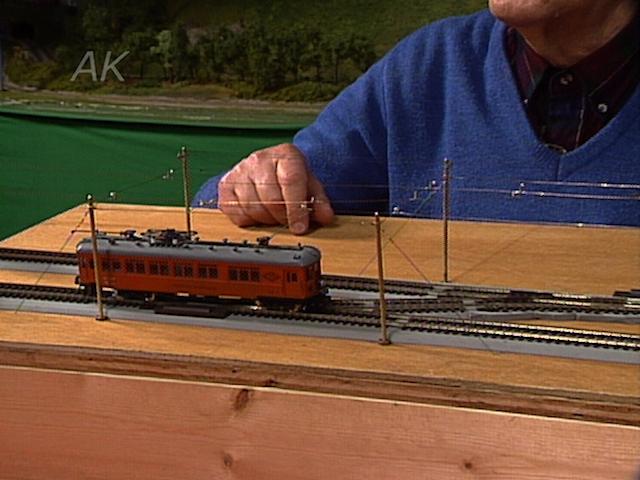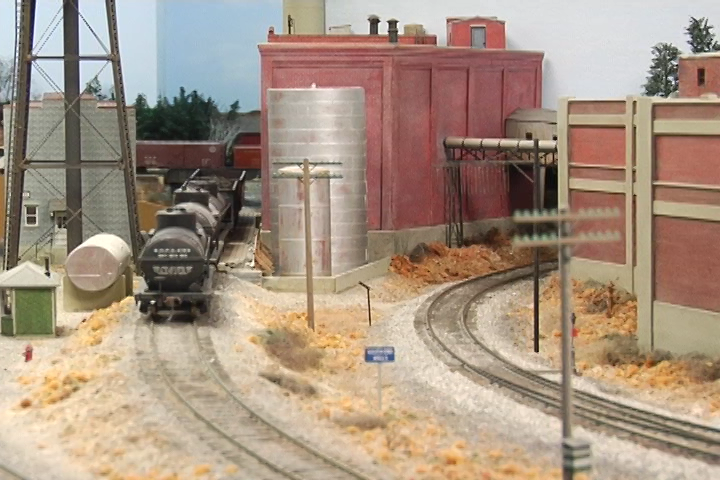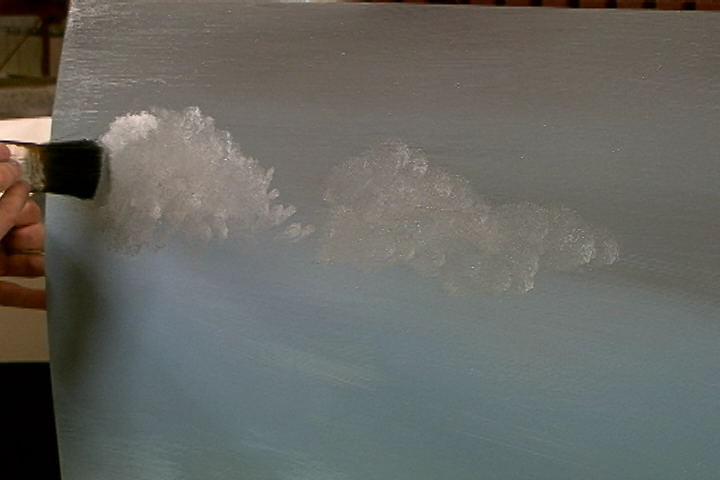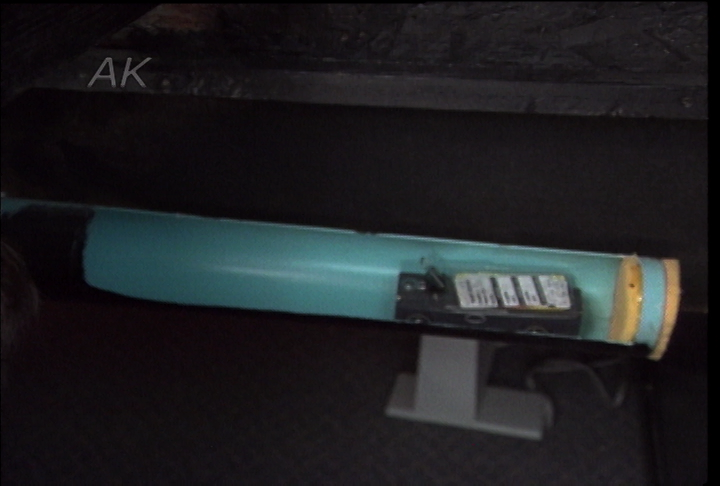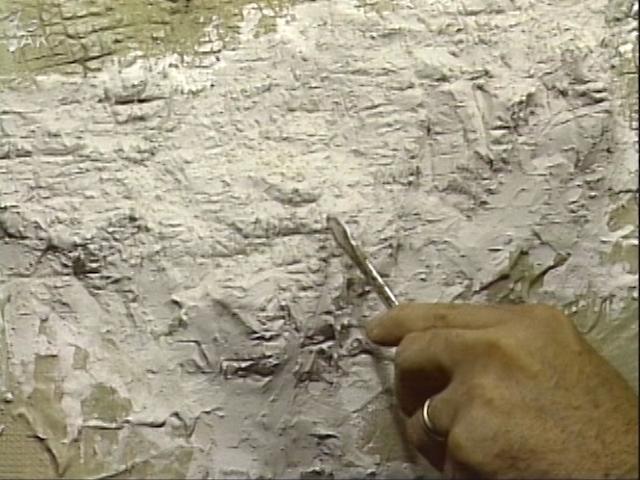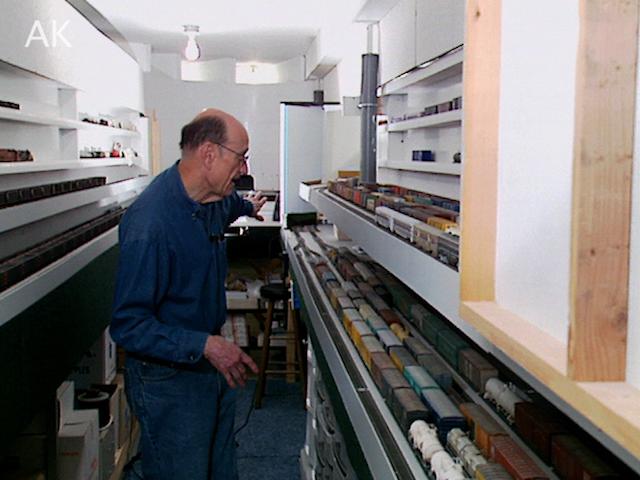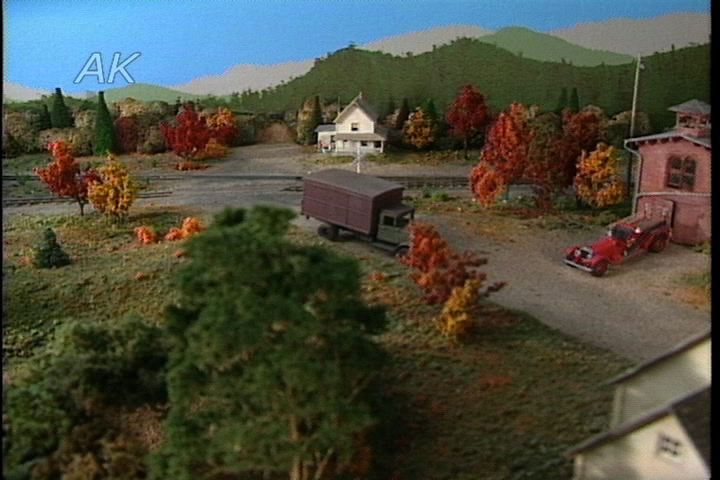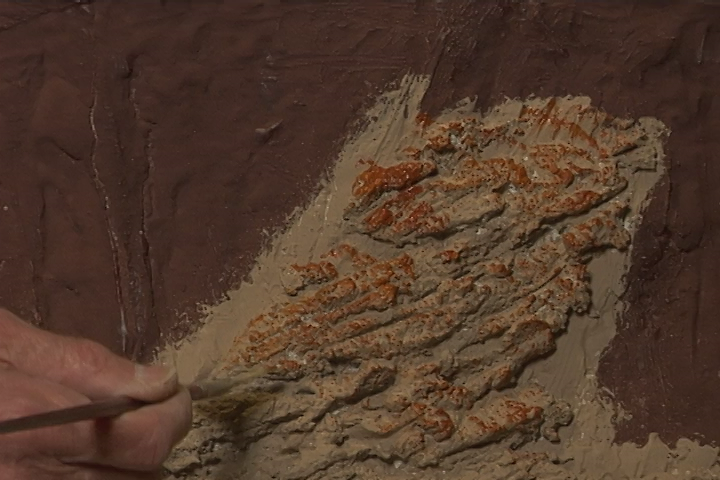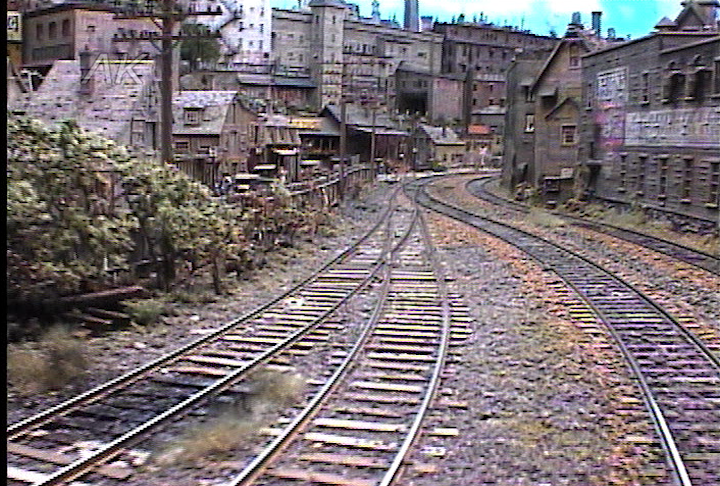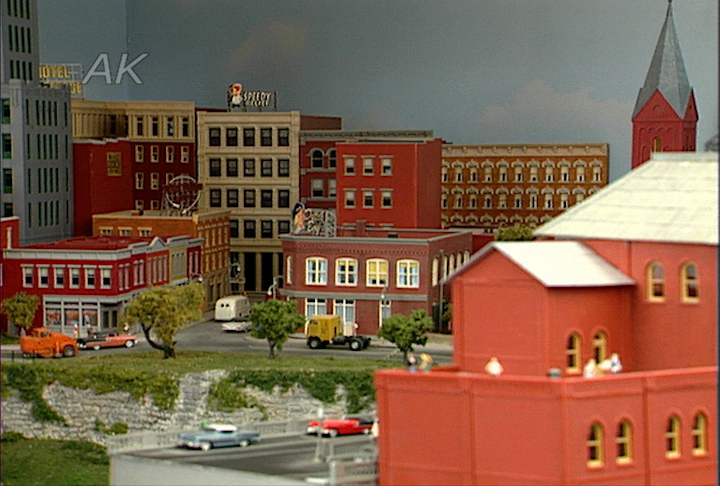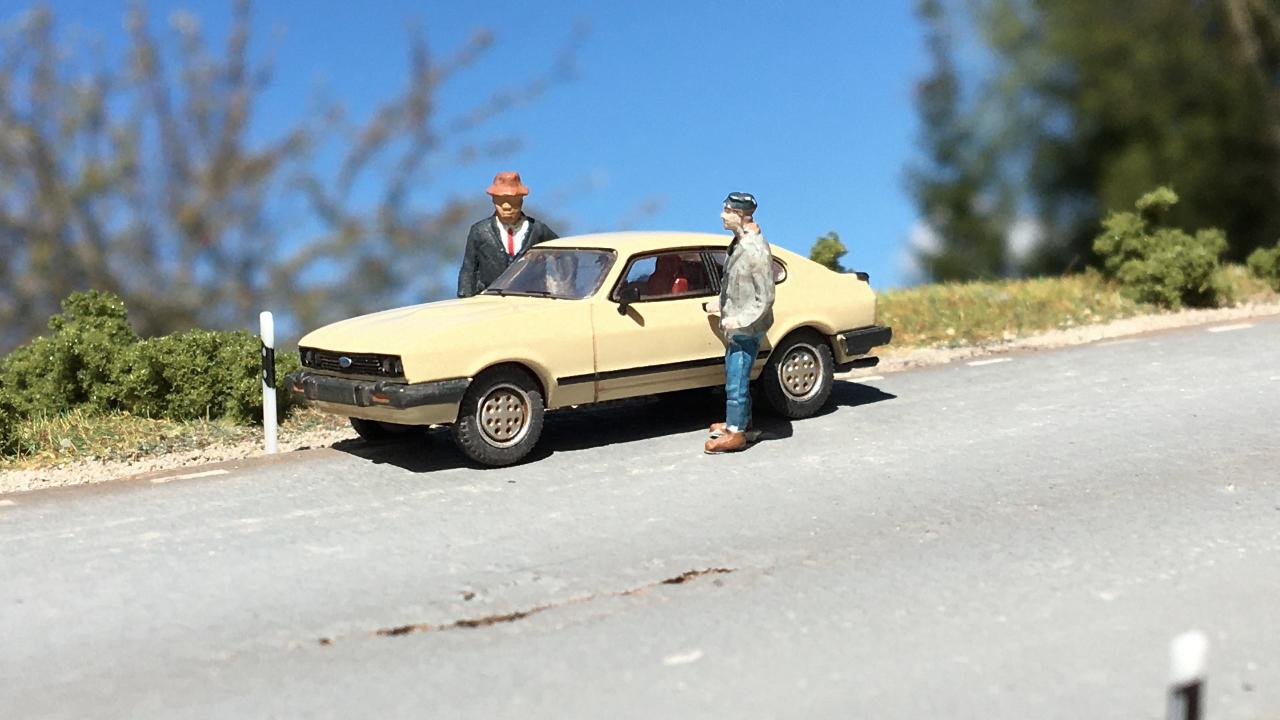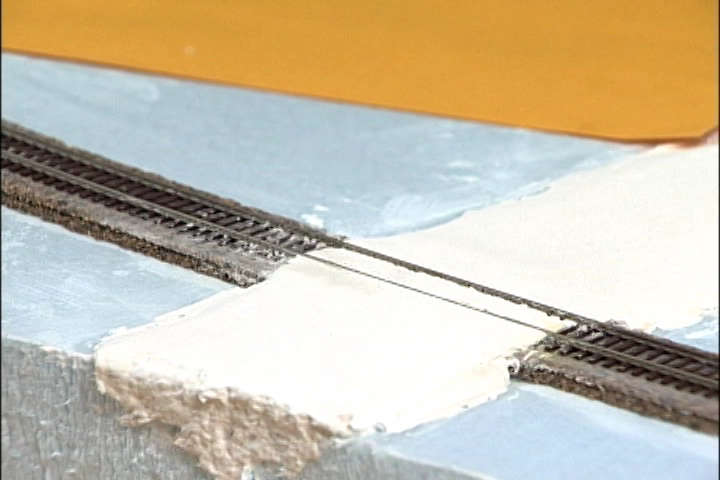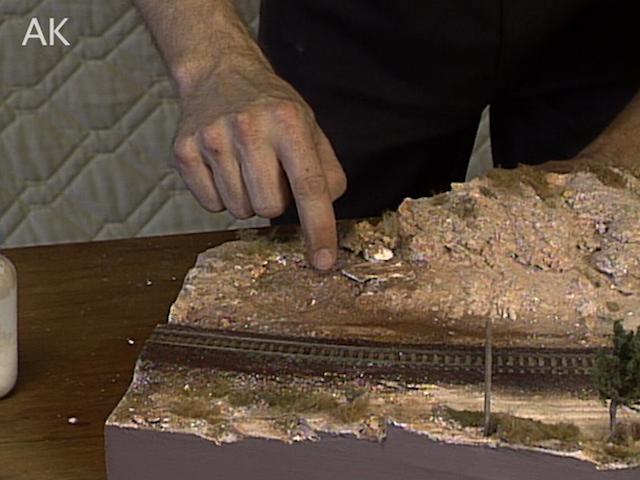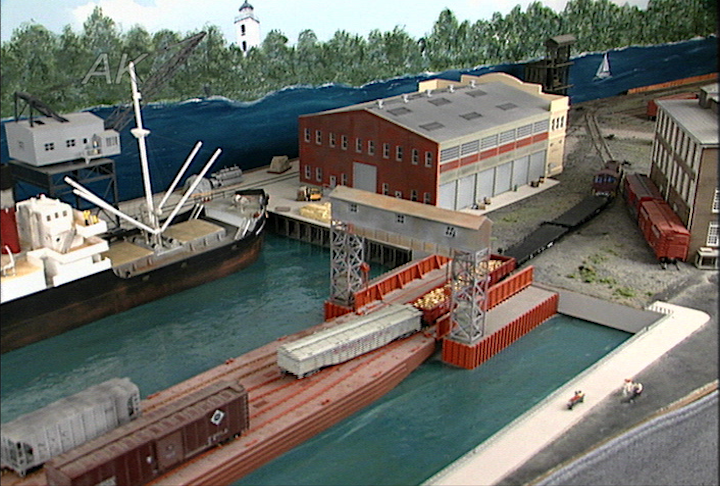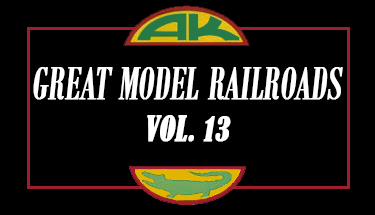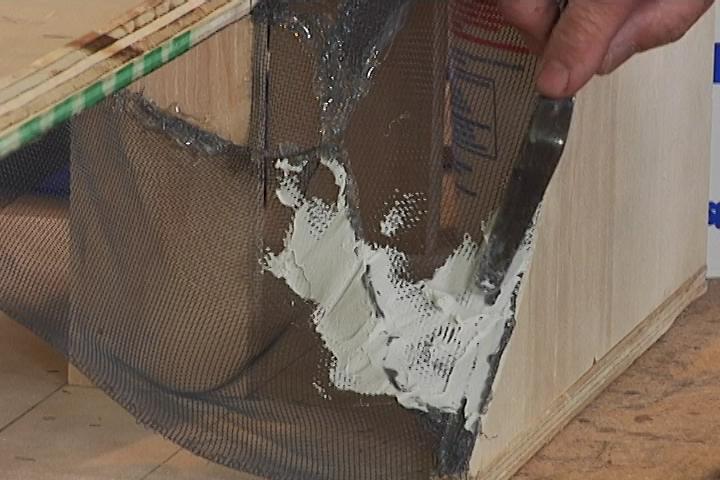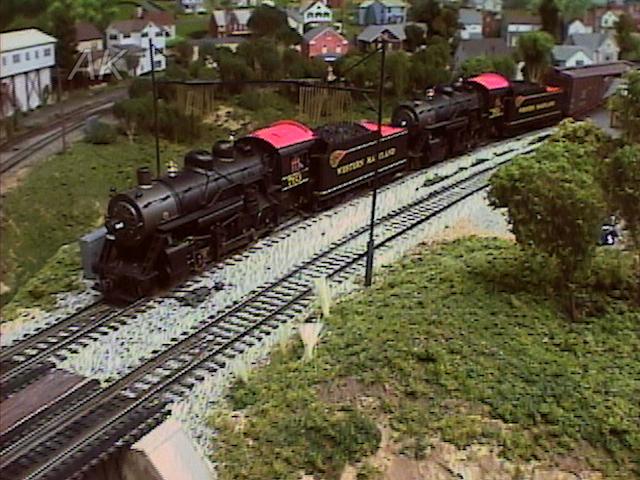
Model Railroad Plaster Techniques for Making Scenery
MRA EditorsAs well-known as it is for its operations aspect, Lee Nicholas’ Utah Colorado Western railroad has a national reputation for spectacular scenery. In this segment with Great Model Railroad’s Allen Keller, UCW’s resident scenery expert, Kelly Newton, demonstrates the techniques used to achieve such realistic and believable effects using model railroad plaster.
The secrets and tips we discover center around applying the scenery base before the trackwork. After the roadbed spline has been constructed, Kelly draws the scenery profile on the fascia and cuts off the excess. He glues cheesecloth to the fascia and backdrop, then uses grocery bags and newspaper-filled plastic bags to form the underbase of the mountains. Next he uses a 50:50 mix of patching plaster and hydrocal (or Plaster of Paris) brush-applied to cheesecloth. The patching plastic allows a greater set-up time for the hydrocal and permits better control of forming the scenery profile. Allowing the first coat to dry overnight, two more coats one hour apart are enough to make a firm scenery base.
Cut the plaster scenery from around the spline roadbed which gives a realistic appearance of cuts and fills in the terrain, then sand the spline smooth and install the cork roadbed.
In successive applications Kelly applies a coat of sifted mud and hydrocal, sculpting ridges, stratas and striations with an artist’s trowel and knife as the plaster sets, then brushes varying colors of tempera powder paint to complete the scenes.
There are lots of different methods for creating model railroad mountains, as well as plastering and painting your model railroad.
Lee also tells Allen that he chose the 1960s era because he didn’t like the maintenance needed for steam locomotives nor the price of brass steam engines, plus he always had fond memories of diesels and those fit his layout timeframe and locale. He said he rarely had to compromise on a scene but used selective compression where necessary. His UCW layout design features four peninsulas, 32-38” wide aisles, and a 30” mainline radius.
Explore videos by MRA Editors
You may be interested in
Premium Membership
Unlock exclusive member content from our industry experts.
- 24/7 Access to Premium Model Railroading Videos, Projects, and Tips
- Step-by-Step Instructional Guides & Layout Plans
- 50% Off Video Downloads Purchased in the Model Railroad Academy Shop
- Access to Ask the Expert Program
Unlock exclusive member content from our industry experts.
- 24/7 Access to Premium Model Railroading Videos, Projects, and Tips
- Step-by-Step Instructional Guides & Layout Plans
- 3 Full-Length Video Downloads to Watch Offline
- 50% Off Video Downloads Purchased in the Model Railroad Academy Shop
- Access to Ask the Expert Program
Gold Membership
$326 Value
Get everything included in Premium plus exclusive Gold Membership benefits.
- 24/7 Access to Premium Model Railroading Videos, Projects, and Tips
- Step-by-Step Instructional Guides & Layout Plans
- 9 Full-Length Video Downloads to Watch Offline
- 2 Full-Length Classes to Keep for Life
- 2 Downloadable Guides
- Discounts on Purchase-to-Own Content in the Model Railroad Academy Shop
- Access to Ask the Expert Program
- Exclusive GOLD LIVE Streaming Events





